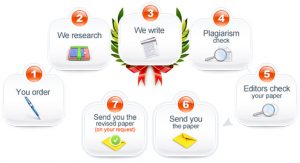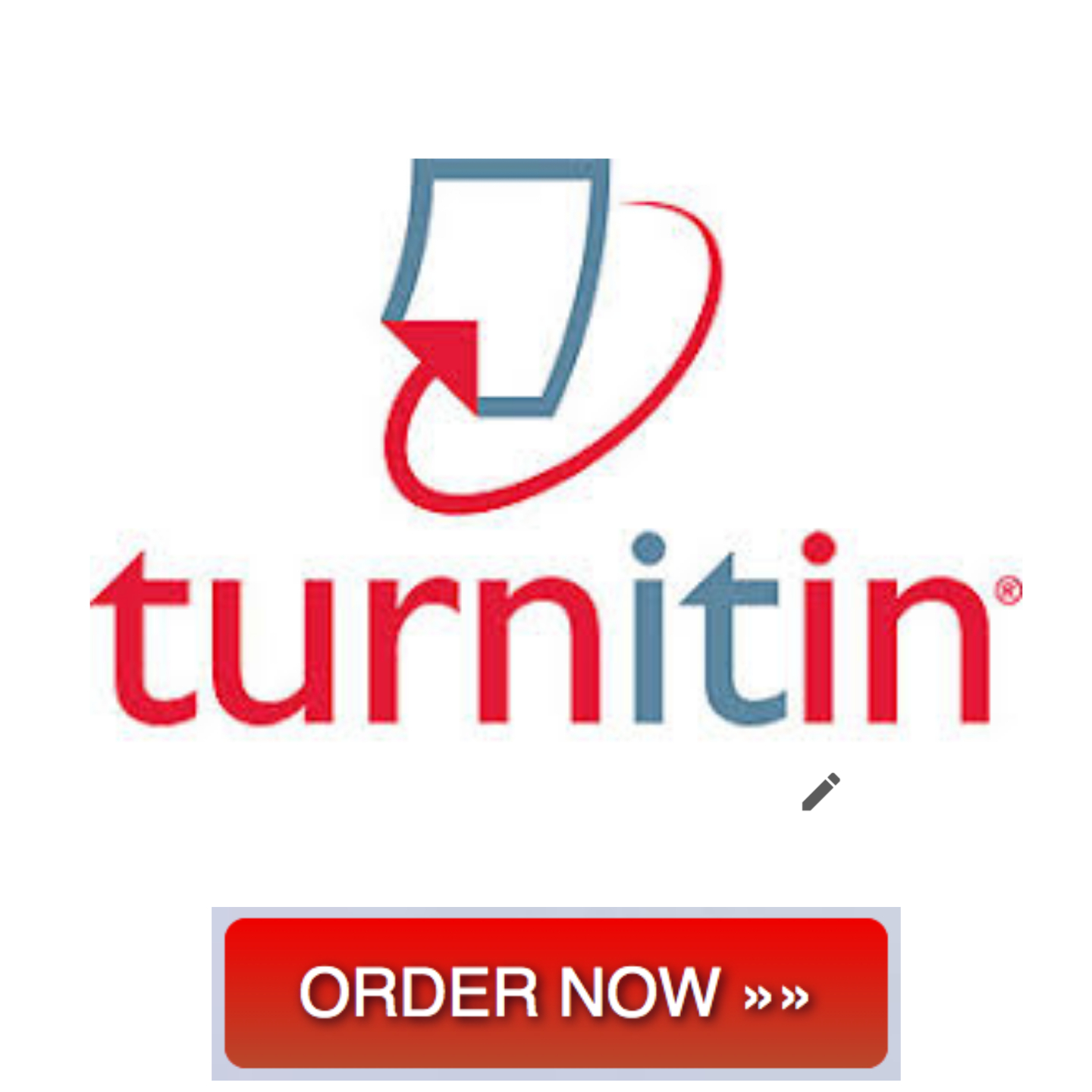MSN Capstone Paper
MSN Capstone Paper
Running head: FIRST THREE/FOUR WORDS OF TITLE
This is a READ ONLY document in pdf format. Please use the plain MSN Capstone Template
as your working document.
This is an instructional template only. Please use this to guide you as you work in the MSN
Capstone Template.
Abstract
(Note to students: The Abstract will be completed during the Capstone Course, Task 1 – skip this
if you are currently in the Field Experience). The required elements include the following:
1. Problem identification
2. Plan for addressing the problem under investigation
3. Implementation process
** Note: Abstract length – single paragraph, double-spaced, do not indent, and maximum of 250
words.
Page 2 of 20
FIRST THREE/FOUR WORDS OF TITLE 2
Acknowledgements
(Inclusion of acknowledgements is optional)
This area is to acknowledge family, preceptor, faculty, friends, or anyone you would like to
acknowledge.
** Note: This area should be completed in the Capstone Course, Task 1 (Skip this if you are
currently in the Field Experience, if you choose to include this section).

Page 3 of 20
FIRST THREE/FOUR WORDS OF TITLE 3
Table of Contents
** Note: You MUST add any additional subtitle headings to this Table of Contents as well as
the page numbers.
Abstract…………………………………………………………………………………………………………………………..1
Acknowledgements…………………………………………………………………………………………………………..2
Chapter 1: Introduction……………………………………………………………………….
Problem Statement……………………………………………………………………
Problem Background…………………………………………………………………
Practice Change, Quality Improvement , or Innovation………………………………
Rationale for the Practice Change, Quality Improvement, or Innovation…………….
Chapter 2: Review of the Literature……………………………………………………………
Credible Sources………………………………………………………………………
Best Practices……………………………………………………………..
Evidence Summary………………………………………………………………………
Recommended Practice Change, Quality Improvement, or Innovation…………………
Chapter 3: Implementation…………………………………………………………………..
Capstone Project Steps……………………………………………………………………
Changes to original implementation plan……………………………………………..
Page 4 of 20
FIRST THREE/FOUR WORDS OF TITLE 4
Barriers associated with implementation……………………………………………..
Overcoming barriers…………………………………………………………………..
Transprofessional Relationships…………………………………………………………
How relationships facilitated implementation……………………………………….
Chapter 4: Post Capstone Project Considerations…………………………………………..
Capstone Successes……………………………………………………………………….
Successful aspects…………………………………………………………………….
Impact on future projects…………………………………………………………….
Capstone Challenges……………………………………………………………………..
Aspects that did not go well…………………………………………………………..
Impact on future projects……………………………………………………………..
Evidence and Current Practice…………………………………………………………..
Post-Implementation……………………………………………………………………..
Resources Required for Post-Implementation Support…………………………………..
Chapter 5: Reflection…………………………………………………………………………
Integration of MSN Program Outcomes………………………………………………….
References…………………………………………………………………………………….
Appendix A: Credible Sources…………………………………………………………………
Appendix B: Organization Approval Letter……………………………………………………
Appendix C: Preceptor Agreement…………………………………………………………….
Page 5 of 20
FIRST THREE/FOUR WORDS OF TITLE 5
Chapter 1: Introduction
Problem Statement
This section involves the nursing problem you plan to address. The Problem Statement
should be clear and concise. You should describe the scope of your problem, the population
affected by the problem, location where the problem exists, and other key issues specific to your
problem. This section involves a nursing problem statement, not a clinical PICO or research
question. This statement should align with your plan to improve the problem.
Problem Background
Discuss factors, issues, or phenomenon that helped create or contribute to the problem.
How did this problem begin and how long has it been a problem? Are there people (individual or
groups) and/or conditions that contribute to the problem? Be sure to provide substantial detail to
support the background information.
Practice Change, Quality Improvement, or Innovation
This section will provide an accurate description of the Practice Change/Quality
Improvement/Innovation that you plan to develop and implement (focusing on only the
implementation activity that you will be doing for this course) to address the problem you
identified.
Rationale for the Practice Change, Quality Improvement, or Innovation
This section will provide an explanation of why the practice change, quality
improvement, or innovation is being recommended. In short, provide a clear rationale for why
your Capstone project is needed in your organization. This information is similar to the
information you provided in Field Experience Task 1.
Page 6 of 20
FIRST THREE/FOUR WORDS OF TITLE 6
Chapter 2: Review of the Literature
Credible Sources
This section is a brief introductory paragraph where you will refer your reader to
Appendix A (The Credible Sources Table).
You must complete all of the columns and rows in the Credible Sources Table (Appendix
A). Your sources may include peer reviewed articles or credible websites (.org, .edu, or .gov)
published within the last five years. The purpose of your review is to evaluate each source and
make an appraisal of the source, based on the following criteria: 1) Database (where source was
obtained or url if using a website) 2) Peer-reviewed (yes/no), 3) Applicability of recommended
best practice to your project, 4) Evidence grade assigned (strength and hierarchy), 5) General
appraisal (brief summary of findings and how the findings inform your project), 6) Inclusion
(whether you intend to cite the source with an in-text citation) or Exclusion (source will not be
cited). Each of the sources that meet criteria for inclusion must be utilized in the Evidence
Summary Section (using in-text citations). All sources identified with in-text citations in the
body of the paper must be included in your References section.
Best Practices
This section involves a narrative discussion. You will extract the few best practices
identified in the Evidence Summary that directly support your project, so we recommend you
complete it after writing the evidence summary. Identify specific behaviors here. In-text
citations MUST be used to support your identified best practices.
Page 7 of 20
FIRST THREE/FOUR WORDS OF TITLE 7
Evidence Summary
This section is based on the sources that met your inclusion criteria/final column in
Appendix A – Credible Sources Table. This section provides a summary (synthesis) of the
findings, conclusions, or recommendations identified in the sources that met inclusion. The
Evidence Summary should not be an Annotated Bibliography (separate critique) of the
“included” sources. Instead, it should identify the areas where consensus among the various
authors of the included sources exists. The findings, positions, and recommendations included in
your Evidence Summary should be consistent with the recommendations you are proposing for
your Capstone project. Use of subheadings in this section greatly facilitates organization of
your Evidence Summary. We recommend grouping the “yes” articles by common ideas, which
will be represented in the subheadings. Each source from the table meeting inclusion criteria
will be incorporated into the Evidence Summary. You MUST include an APA style in-text
citation for every source that met your inclusion criteria in Appendix A, and each in-text citation
must be included in your References section.
Subheading (usually required). The use of subheadings will provide both you and the
reader a roadmap of information. These are similar to chapter headings in a book. Remember to
add them to your Table of Contents.
Subheading (usually required). Type here.
Subheading (usually required). Type here
Page 8 of 20
FIRST THREE/FOUR WORDS OF TITLE 8
Recommended Practice Change, Quality Improvement, or Innovation
This is a recap of the problem, evidence, and plan. In this section, you will provide a brief
restatement of your problem, a recap of your evidence summary (with citations), and a summary
statement about your plan, based on that evidence.
Note: Preliminary Reference List. According to APA, all References should be listed within
the References section and not in the body of the paper.
Page 9 of 20
FIRST THREE/FOUR WORDS OF TITLE 9
Chapter 3: Implementation
Chapters 3-5 are to be completed during Capstone Task 1; you may leave the headings with
blank content for Field Experience Task 2
Capstone Project Steps
The information discussed under this section should be a reflection on the steps that you
took to complete your project for this course. As a reminder, this will include a detailed
discussion of each of the action steps that you actually completed for your Capstone project. In
short, you will need to describe what you actually did. This should be in the past tense.
Changes to original implementation plan. This section should include a detailed discussion of
any changes you made from your original implementation plan.
Barriers associated with implementation. In this section, you will provide a detailed
discussion of any barriers you encountered during the implementation of your Capstone Project.
If no barriers were encountered, you should indicate this fact.
Overcoming barriers. This section will include a discussion of how each of the barriers
were overcome. If no barriers were encountered, you should indicate this fact.
Transprofessional Relationships
This section should include a list of any healthcare or interdisciplinary professionals who
facilitated the development and implementation of your project. Some examples of these team
members may include your stakeholders, ancillary staff, and physicians.
How relationships facilitated implementation. This section should contain a discussion
of how each of the identified individuals (from the section above) facilitated the implementation
of your Capstone Project.
Chapter 4: Post Capstone Project Considerations
Page 10 of 20
FIRST THREE/FOUR WORDS OF TITLE 10
Capstone Successes
Successful aspects. In this section, you will describe the strengths of the project/what
went well. Some examples may include, but are not limited to, improvements in awareness or
understanding around your topic within the organization, improved communication among
stakeholders, or a readiness within the organization leadership and/or staff members to commit to
the project.
Impact on future projects. This section will include a detailed discussion about how this
project can be used to inform or facilitate future projects within the organization or in other
organizations. Avoid simply explaining what happened. What would you definitely do again in
future projects?
Capstone Challenges
Aspects that did not go well. In this section, you will describe the weaknesses of the
project/what did not go well. Some examples may include improvements, communication,
readiness, and commitment from the organization/stakeholders to the project that did not go as
well or as anticipated.
Impact on future projects. This section will include a detailed discussion of each of the
aspects identified that did not go well and how this may impact future projects within your
organization or in other organizations. What would you never do again? If there were no
negative aspects, you should indicate this fact.
Evidence and Current Practice
In this section you will provide a detailed discussion of how the evidence you found for
your project enhanced the development and implementation of your project. This will require a
Page 11 of 20
FIRST THREE/FOUR WORDS OF TITLE 11
detailed discussion about how the current practice was changed, based on the evidence. What
about your project helped use current evidence to change nursing practice? What did your
situation look like before, what did the literature search instruct you to do, what does your
situation look like now, or how will it look when fully implemented?
Post-Implementation
In this section you will provide a detailed discussion of both the short and long term
maintenance plans your organization will use for your project’s continued success. This might
include, for example, creation of working groups or development of administrative support
structures (policies, procedures, staffing adjustments, continuing education, or modifications in
the organization structure). If you left the organization, how would this project continue without
you?
Resources Required for Post-Implementation Support
This section will include a detailed explanation of the resources needed for sustaining the
project. See Required Resources and Personnel from Field Experience Task 1 and select
resources and personnel still required to sustain the project. Add additional resources and
personnel, as needed, to sustain the project.
Chapter 5: Reflection
Integration of MSN Program Outcomes
This final chapter of your Capstone written project provides the opportunity to discuss
how the Capstone project allowed for integration of the WGU MSN program outcomes. You
should select two of the program outcomes that were most relevant to your project. Please refer
to the MSN program outcomes (listed below). There are nine total WGU MSN program
outcomes.
Page 12 of 20
FIRST THREE/FOUR WORDS OF TITLE 12
The following example of a Subheading utilizes keywords from the first WGU MSN program
outcomes:
Patient-care technologies and information management strategies. You would then
discuss how your project allowed for integration of this program outcome.
Subheading (usually required). Type here.
Subheading (usually required). Type here.
WGU Master of Science in Nursing program outcomes (This section is not included in the
MSN Capstone Template and is intended to be utilized for your reference only.)
The WGU Master of Science in Nursing program graduate will select two of the following MSN
Program outcomes:
1. Employ appropriate patient-care technologies and information management strategies to
improve quality care outcomes.
2. Integrate clinical reasoning with organizational, patient-centered, culturally appropriate
strategies to plan, deliver, and evaluate evidence-based practice.
3. Design innovative nursing practices to impact quality outcomes for individuals,
populations, and systems congruent with ethical, professional, and legal standards.
4. Assemble scientific findings from nursing, biopsychosocial fields, genetics, public health,
and organizational sciences for the continual improvement of nursing care across diverse
settings.
5. Utilize applied research outcomes within the practice setting, navigating and integrating
care services across healthcare systems.
Page 13 of 20
FIRST THREE/FOUR WORDS OF TITLE 13
6. Design organization and leadership systems that promote high quality patient-care
delivery and advance life-long learning.
7. Construct interprofessional teams to communicate, coordinate, collaborate, and consult
with other health professionals to advance a culture of excellence.
8. Integrate scientific knowledge including that from genetics and genethics in the continual
improvement of nursing care across diverse settings and populations.
9. Provide oversight and guidance in the integration of technology to manage care, identify
performance measures and standards that improve quality and safety outcomes.
References


